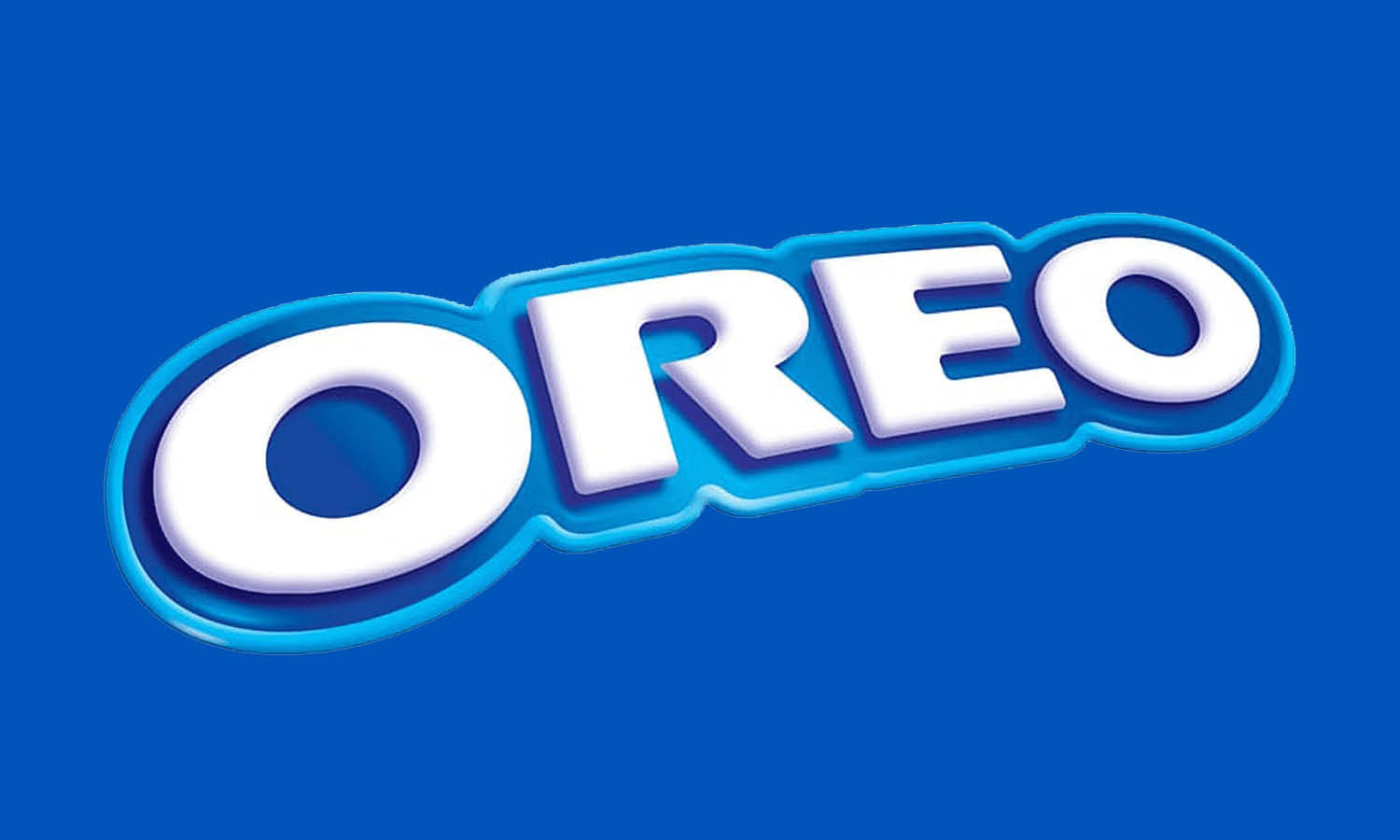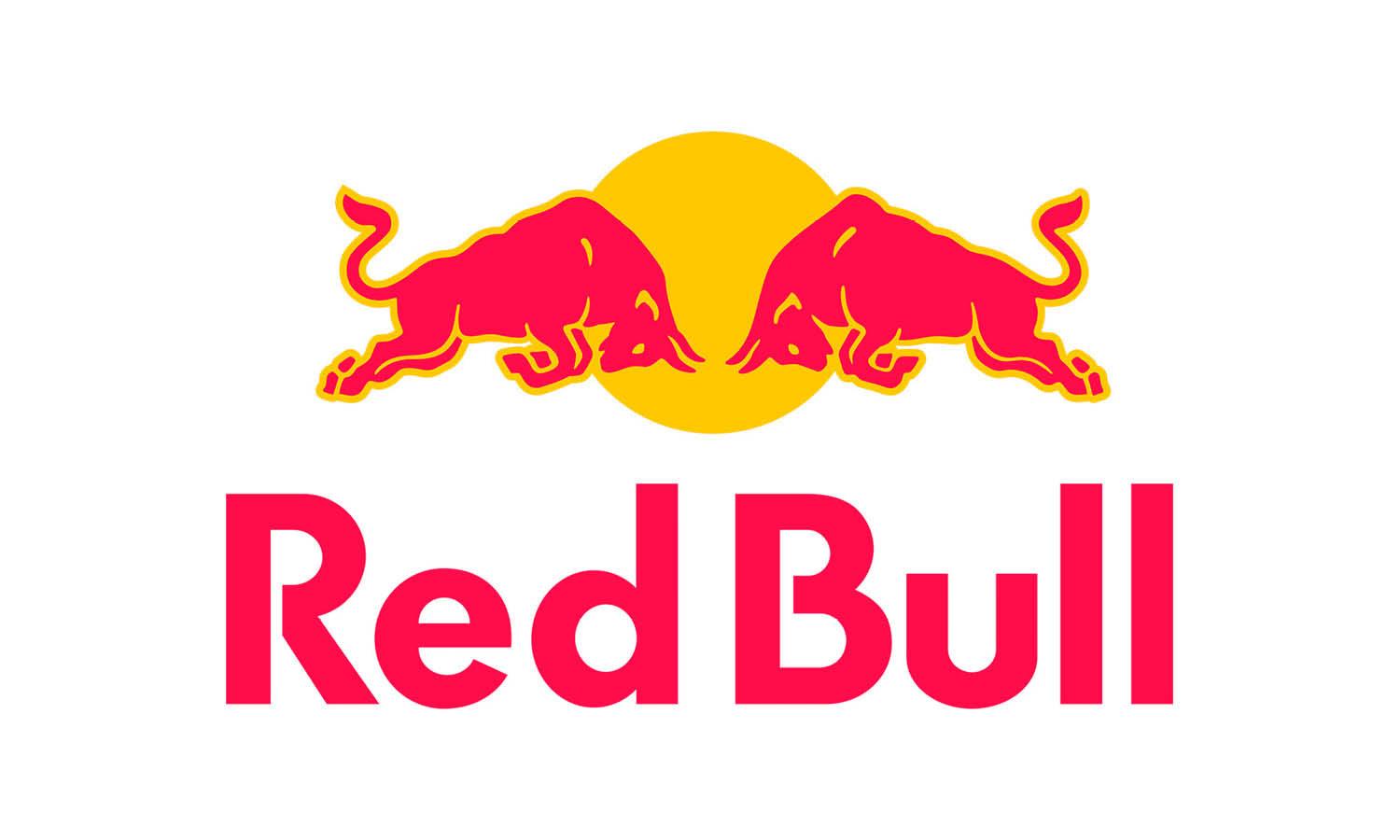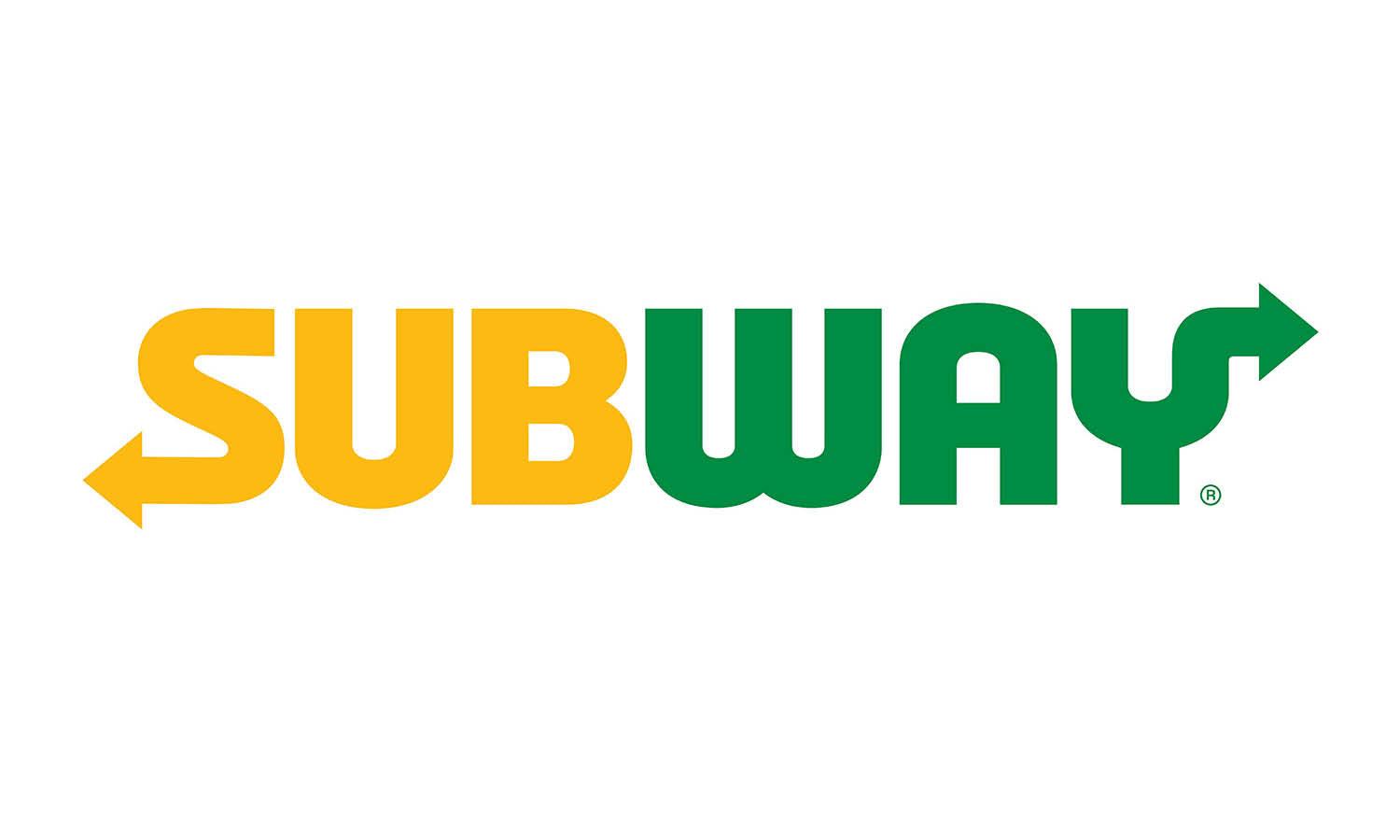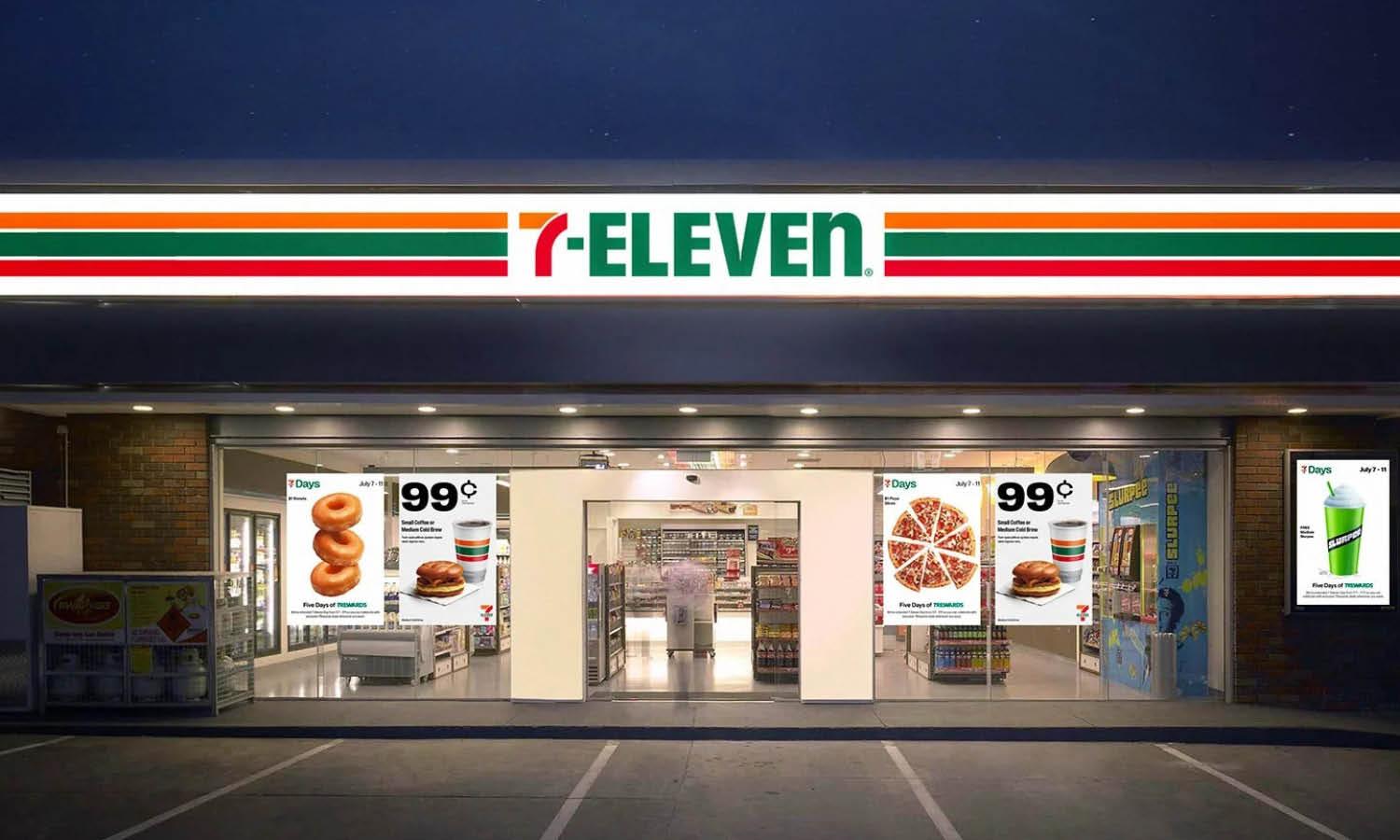Nestlé Logo Design: History & Evolution

Image Courtesy: Nestlé
When you think of beloved and recognized brands, Nestlé undoubtedly comes to mind. But have you ever taken a moment to explore the Nestlé logo design? For graphic designers like us, it's more than just a simple emblem; it's a fascinating journey through time, reflecting the growth and evolution of a global brand. The Nestlé logo design's history is a compelling tale that intertwines artistry, commercial intelligence, and cultural influence.
From its humble beginnings to the contemporary version we all recognize today, the Nestlé logo design has undergone transformations that mirror the company's own expansion and innovations. In this article, we'll take an engaging stroll down memory lane to uncover the hidden artistry behind the Nestlé logo design. Whether you're a seasoned professional or just dipping your toes into the vast ocean of graphic design, this exploration will surely intrigue you. Stay tuned, and let's dive into the rich and varied world of the Nestlé logo design's history and evolution.
Nestlé Logo Design History
1866 - 1868
In the early days of brand building, the Nestlé logo design began its journey with a symbol steeped in heritage and familial pride. The year was 1866, and the famous Swiss company was taking its first steps into the world. Its visual identity concept, introduced at that time, was built around the founder Henri Nestle's family name, which translates from German as "The Nest."
The original Nestlé logo design depicted the Nestle family crest, a rich tapestry of history and tradition. Composed of a traditional shield with its upper line gently elongated to the sides, it was both graceful and distinctive. The heart of the shield featured a delicate image of a bird nestling in its nest, a symbolic representation that gave life to the family's name and conveyed a sense of nurturing and care.
But what set this Nestlé logo design apart was the unique twist of replacing the crown atop the crest with a feathery metal helmet, adding a touch of chivalry and elegance. This decision not only connected to heraldry but also gave the logo a flair that spoke to the brand's innovation and creativity.
Although this original logo stayed with the company for a brief period of only two years, it left an indelible mark on the brand's identity. The combination of traditional symbols and modern adaptations gave birth to a design that was truly ahead of its time. For graphic designers, the Nestlé logo design from 1866 to 1868 stands as an early example of integrating brand ethos with design elements, something that we continue to explore and appreciate in today's ever-changing design landscape.

Image Courtesy: Nestlé
1868 - 1938
The Nestlé logo design embarked on a new era in 1868, refining the image that would come to define the brand for the next seventy years. This evolution retained the core symbol of the nest but expanded it into a more detailed and lifelike depiction.
In this fresh rendition of the Nestlé logo design, the nest was now home to four birds, each intricately illustrated. The nest itself became a work of art, with the branches and oak leaves carefully rendered to be seen and admired. It wasn't just a logo anymore; it was a rich illustration, reflecting both the natural world and the nurturing values at the heart of the brand.
Graphic designers will recognize in this iteration of the Nestlé logo design a step towards what would become a trend in the corporate branding of the time: a blend of aesthetic appeal with a strong visual narrative. The nest, now with a more prominent place in the logo, symbolized the company's dedication to quality, care, and community, while the detailed depiction of the birds and the foliage spoke of craftsmanship and attention to detail.
This 1868 version of the Nestlé logo design became an iconic representation, standing the test of time until 1938. During these seven decades, it served as a constant visual anchor, epitomizing a brand that was growing and innovating but never losing sight of its roots. For today's graphic designers, the lessons from this phase in the Nestlé logo design's history are invaluable, showing how visual identity can resonate deeply with audiences by connecting artistic creativity with core brand values.

Image Courtesy: Nestlé
1938 - 1966
The transition of the Nestlé logo design into the era spanning 1938 to 1966 marked a departure from the intricate visual storytelling of the past. The redesign brought a sense of modernity and clarity that would resonate with the changing times, and graphic designers might view this phase as a classic example of design evolution adapting to societal shifts.
The iconic nest emblem was still there, but redrawn with simpler lines, fewer shadows, and fewer accents. This gave the Nestlé logo design a cleaner, more streamlined appearance that reflected a growing trend towards minimalism and efficiency in design. The artistic finesse was not lost but rather transformed into a more contemporary interpretation.
But what truly defined this period in the Nestlé logo design's history was the introduction of a bold black wordmark. The company's name, "Nestle," was written over the nest emblem, asserting the brand's identity in a way that was both powerful and unambiguous. This combination of word and image signaled a confident step forward for the brand, aligning with modern design principles.
For graphic designers, the 1938 redesign of the Nestlé logo offers an insightful study in balancing heritage with innovation. By maintaining the emblematic nest while incorporating a strong wordmark, the Nestlé logo design successfully bridged tradition and modernity. It's a lesson in how timeless symbols can be reimagined to stay relevant, demonstrating the adaptability and vision that continue to inspire designers in our rapidly changing world.

Image Courtesy: Nestlé
1966 - 1988
The next significant evolution of the Nestlé logo design occurred in 1966, marking a new chapter in the brand's visual identity that lasted until 1988. This was a time of transformation not only for Nestlé but also for the world of design. The need for precision, symmetry, and modernism was more pronounced than ever, and the Nestlé logo design was no exception.
The change that defined this period was a shift from the bold rounded typeface of the nameplate to a more geometric and structured one. The lines were clean, straight, and the cuts and serifs were distinct and confident. This alteration in the Nestlé logo design echoed a global trend in design that sought clarity, efficiency, and a touch of futurism.
For graphic designers, this era of the Nestlé logo design is a classic example of how typography can dramatically alter the feel and perception of a brand. The sleek and geometric typeface lent a sense of authority and modernity to the logo, aligning the brand with the cutting-edge ideals of the time.
Yet, even as it embraced these new design trends, the Nestlé logo design retained its core elements, ensuring continuity with its heritage. The nest emblem remained, providing a visual link to the brand's history and values.
This phase in the Nestlé logo design's evolution offers valuable insights for today's graphic designers. It shows how a well-considered change in typography can redefine a brand's image while preserving its legacy, a testament to the enduring power of design to shape and reflect our changing world.

Image Courtesy: Nestlé
1988 - 1995
The period from 1988 to 1995 was a pivotal era for the Nestlé logo design, reflecting a broader movement in design towards simplification and modernization. Nestlé's emblem underwent a tasteful transformation, embracing a contemporary and stylized aesthetic that would resonate with a new generation.
In this redesign, the iconic image of the nest, which had been a consistent part of the brand's identity, was further simplified. Now, instead of three baby birds, there were only two, lending the whole picture a more minimalist feel. But even with this reduction in complexity, the Nestlé logo design retained its essence and familiarity, adapting to the modern design landscape while still paying homage to its heritage.
The wordmark also received a creative overhaul. Positioned now under the image, it was executed in a modern custom sans-serif. The most striking feature was the artful manipulation of the lettering, with the bar of the "N" elongated and stretched above the inscription. It extended till the "T" and then reappeared above the "E", forming an "é." This unique treatment not only added visual interest but also emphasized the brand's Swiss origin.
The 1988 transformation of the Nestlé logo design serves as an exemplary lesson in how to modernize a classic logo without losing its identity. The clever use of typographical elements, balanced with a respect for the original design, created a contemporary yet timeless image. This chapter of the Nestlé logo design's evolution illustrates how thoughtful simplification can infuse a brand with new energy, making it relevant for today's audiences while honoring its rich visual history.

Image Courtesy: Nestlé
1995 - 2015
The evolution of the Nestlé logo design took another significant step in 1995, reflecting a contemporary shift towards minimalism and clarity in design. This twenty-year phase is characterized by a tasteful refinement of both the graphical and textual elements of the logo, marrying aesthetics and simplicity in a way that resonated with the visual sensibilities of the time.
In the textual part of the Nestlé logo design, the typeface underwent a notable transformation. The angles were softened, and the lines were thickened to create a cleaner and sleeker appearance. This subtle alteration gave the wordmark an approachable and modern look, enhancing readability while maintaining a sophisticated and professional vibe.
Simultaneously, the graphical image of the nest also evolved, becoming less detailed and more solid. This reduction in complexity furthered the minimalist direction of the brand, resulting in a Nestlé logo design that was uncluttered and effortlessly recognizable. The nest's symbolic essence remained intact, but its presentation was streamlined to align with contemporary design principles.
The Nestlé logo design from 1995 to 2015 is a remarkable study in the art of refinement. It illustrates how even subtle changes in typography and imagery can breathe new life into a well-established brand. By embracing simplicity without sacrificing identity, this era of the Nestlé logo design demonstrates a nuanced understanding of modern aesthetics.
This chapter in the Nestlé logo design's story is a testament to the brand's ability to adapt and innovate while staying true to its core values, providing valuable insights for graphic designers seeking to balance tradition with modernity in a constantly changing design landscape.

Image Courtesy: Nestlé
2015 - Present
The latest chapter in the story of the Nestlé logo design began in 2015, a year that marked a thoughtful and measured evolution rather than a dramatic transformation. This approach reflects an awareness of the logo's iconic status and a commitment to preserving its essential character while giving it a fresh and modern twist.
The redesign kept the iconic composition of the Nestlé logo design almost untouched. However, by enlarging the emblem, the whole logo was given a more balanced and solid appearance. This subtle change made a significant impact, creating a harmonious visual that conveyed strength and stability.
This era of the Nestlé logo design serves as a perfect example of how minor adjustments can lead to powerful visual effects. By simply resizing the emblem, the logo's aesthetics were enhanced without altering its core identity. It's a testament to the power of proportion and scale in design, illustrating how even the smallest changes can breathe new life into a well-known image.
The 2015 update to the Nestlé logo design reflects a mature and confident brand that understands its own visual language. It shows how design can evolve gracefully, respecting its history while subtly embracing contemporary design sensibilities.
In a world where brands often seek to reinvent themselves, the Nestlé logo design stands as a reminder that sometimes, less is more. This recent phase of the logo's evolution offers valuable lessons in restraint, subtlety, and the enduring power of iconic imagery, insights that continue to inspire and guide the community of graphic designers today.

Image Courtesy: Nestlé
2018 - Present
The 2018 redesign ushered in a delightful and tasteful evolution of the Nestlé logo design, resonating deeply with the brand's association with indulgence and comfort. This change was not about overhauling the well-loved iconography; rather, it was about enhancing the sensory appeal and emotional connection through color.
The previously black contours of the nest with the birds, along with the recognizable logotype, were transformed into a brownish-golden shade. This new color palette instantly conjures images of chocolate, sweetness, and warmth. It's a hue that doesn't just please the eye; it also touches the taste buds, aligning perfectly with Nestlé's global reputation as a purveyor of delightful treats.
This iteration of the Nestlé logo design is a compelling case study in the psychology of color. It demonstrates how a well-chosen shade can elevate a logo from a mere visual symbol to an evocative sensory experience. The choice of brownish-golden not only reinforces the brand's identity but also adds a layer of depth and texture to the design.
The 2018 redesign of the Nestlé logo design is a reminder that even iconic logos can benefit from thoughtful updates. By simply altering the color, Nestlé managed to inject fresh vitality into its logo while preserving its timeless appeal.
In an industry where change is constant, the Nestlé logo design stands as a testament to the power of subtlety and finesse. It's a lesson in how mindful adjustments can create resonant branding, offering inspiration for graphic designers seeking to craft meaningful and enduring visual identities.

Image Courtesy: Nestlé
Analysis: Nestlé Logo Design Evolution
The evolution of the Nestlé logo design offers a fascinating journey through various epochs of design thinking. From its birth in the 1860s to its latest iteration, the logo's changes echo broader movements in design, marketing, and even cultural sensibilities. As we delve into the analysis, it's not just the story of a logo, but a narrative that intertwines with the history of branding itself. Let's explore five pivotal points that define the Nestlé logo design evolution.
Symbolism and Heritage
From the very beginning, the Nestlé logo has been grounded in symbolism and heritage. The incorporation of the nest, birds, and other elements relating to the founder's family name created a visual narrative that resonated with the company's origins. The ability to retain this symbolism while adapting to modern design trends has contributed to the logo's enduring appeal.
Adaptation to Modern Trends
The Nestlé logo design is a case study in how a brand can evolve without losing its essence. The transitions from intricate details to a more simplified and stylized version reflect broader shifts in design philosophy. Each redesign has responded to contemporary trends, be it minimalism or the influence of digital mediums, all while maintaining a connection to the brand's core identity.
The Psychology of Color
The 2018 color transformation of the logo was a masterstroke in aligning visual identity with the brand's products. The change to a brownish-golden shade, invoking the sensations of chocolate and warmth, demonstrated an understanding of color psychology. It added a sensory dimension to the logo, strengthening its association with indulgence and sweetness.
Typography and Branding
Typography has played a vital role in the Nestlé logo design's evolution. From the use of traditional shields and crests to the adoption of modern sans-serif fonts, typography has been a vehicle to convey both tradition and innovation. The clever manipulation of characters and the progressive refining of the typeface have reinforced the brand's presence in various markets.
Balance and Proportion
The Nestlé logo design's transformation over the years has also been about finding the perfect balance and proportion. The subtle adjustments, like enlarging the emblem or thickening the lines, might seem minimal, yet they significantly contributed to the logo's visual harmony. These changes show how details and proportion can make a design more compelling and timeless.
The Nestlé logo design evolution is a rich tapestry of design principles, trends, and brand storytelling. It offers invaluable lessons for graphic designers in how to handle redesigns, symbolism, color, typography, and balance. By examining the various stages of its transformation, we gain insights into not just the art of logo design but the intricate connection between a brand and its visual representation. It's a timeless testament to thoughtful design and stands as a significant chapter in the history of graphic design.

Image Source: https://www.instagram.com/nestle/ | Image Courtesy: latteandmood
The Philosophy & Meaning Behind Nestlé Logo Design
The Nestlé logo design is more than just an emblem for a brand; it's a visual narrative filled with philosophy and meaning. Every curve, color, and element has been carefully chosen to convey a specific message that aligns with the brand's identity. For graphic designers, understanding the depth of the Nestlé logo design is akin to unraveling the layers of a complex piece of art. Let's dive into the philosophy and meaning that shape this iconic logo.
Family Heritage and Tradition
The Nestlé logo design originated with the family crest of the company's founder, Henri Nestle, incorporating a bird's nest that reflected his surname. This choice to root the logo in familial heritage has imbued it with a sense of tradition and authenticity, creating a strong connection between the brand and its origins.
The Symbolism of the Nest
The nest is not just a clever visual play on the founder's name; it's a symbol loaded with meaning. Representing nurture, care, and growth, the nest perfectly aligns with Nestlé's mission to provide nourishment to people worldwide. The presence of the birds further emphasizes familial bonds and caring, resonating with the brand's values.
Evolution Reflecting Corporate Growth
As Nestlé grew, so did its logo. The transformation from the elaborate family crest to the modern, stylized version reflects the company's expansion and evolution. The Nestlé logo design has been a visual metaphor for the company's journey, portraying its growth from a small Swiss operation to a global giant.
Color and Sensory Connection
The choice of color, especially the shift to the brownish-golden shade in 2018, showcases a thoughtful connection to the products the company offers. This color palette evokes the sensations of chocolate, warmth, and comfort, creating a subconscious link between the logo and the pleasures of indulgence.
Simplicity and Modernity
The gradual simplification of the Nestlé logo design mirrors a broader trend in modern design philosophy. By embracing minimalism, the logo reflects a contemporary aesthetic while maintaining its core symbolism. This balance between tradition and modernity is a testament to thoughtful design that transcends eras.
The Nestlé logo design is not just a brand emblem; it's a thoughtfully crafted piece of visual storytelling. From its rootedness in family heritage to its alignment with modern design principles, it presents a multifaceted philosophy that has kept it relevant through changing times. The lessons it offers in symbolism, evolution, color psychology, and design simplicity make it a standout example in the world of branding. For graphic designers seeking to create meaningful and resonant work, the Nestlé logo design serves as both inspiration and a rich source of insight.

Image Source: https://www.instagram.com/nestle/ | Image Courtesy: Nestlé
What Can We Learn from Nestlé Logo Design
The Nestlé logo design, a masterpiece of evolving branding, offers more than just an aesthetic appeal. It's a rich source of insights for graphic designers eager to understand how design can adapt, resonate, and endure. What makes this logo so instructive? Let's delve into five key lessons that the Nestlé logo design imparts to those interested in the art and craft of branding.
Timeless Connection with Heritage
The Nestlé logo design teaches us the importance of connecting with heritage without being trapped by it. From its inception, the logo has embraced symbols related to the founder's name, maintaining a link to its past. This connection has ensured authenticity and relevance while allowing for modernization. The lesson? Roots matter, but they don't have to confine.
The Art of Simplification
Over the years, the Nestlé logo has become less ornate and more streamlined. This gradual move towards simplicity, while retaining key elements, highlights the power of minimalist design. It shows that stripping away unnecessary details can enhance clarity and impact. The takeaway for designers? Less can indeed be more, if done thoughtfully.
Strategic Use of Color
The color shift in 2018 to a brownish-golden shade illustrates how color can be leveraged to evoke specific emotions and associations. The new color palette not only modernized the logo but also tied it more closely to the products. This teaches designers the importance of color choice and how it can enhance brand perception.
Evolution, Not Revolution
The Nestlé logo design evolution has been marked by incremental changes rather than drastic redesigns. Each iteration has built on the previous one, refining and enhancing without losing the core identity. This approach emphasizes the value of continuity and gradual evolution in logo design, an essential lesson for those looking to refresh a brand without alienating existing customers.
Balancing Modernity with Symbolism
The combination of modern design principles with rich symbolism is a standout feature of the Nestlé logo. It teaches designers that innovation and tradition can coexist. By respecting the symbolism while embracing contemporary aesthetics, the logo remains both meaningful and visually appealing.
The Nestlé logo design is more than just a successful brand emblem; it's a textbook example of design done right. Its lessons on connection with heritage, the power of simplification, strategic color use, gradual evolution, and the harmony between modernity and symbolism are invaluable. For graphic designers seeking to create work that is both innovative and resonant, the Nestlé logo design stands as an inspiring guide. The intricacies of its evolution demonstrate that a logo can be both a reflection of a brand's journey and a path to its future, provided it's crafted with insight, care, and creativity.
Conclusion
The journey through the Nestlé logo design evolution offers a vivid illustration of how thoughtful design can craft a story that transcends time. From its humble beginnings to its sleek modern appearance, it provides a rich tapestry of lessons in heritage, simplicity, color psychology, gradual evolution, and balance. For graphic designers, the Nestlé logo design is more than just a visual symbol; it's a roadmap for creating enduring and engaging brand identities. Its legacy is a reminder that the best designs are those that resonate, adapt, and inspire, mirroring both the brand's essence and the changing times.
Let Us Know What You Think!
These fantastic logo design articles are written and curated by Kreafolk's team. We hope you enjoy our information and remember to leave us a comment below. Cheers!















1 comment
This is an extraordinary article. Thoroughly researched and wonderfully presented, it should be mandatory reading for any aspiring graphic designer as well as design educators. As a professional designer, with a particular interest in logo design, I found it both thoughtful and inspiring. Well done!
Joseph Cortese
Leave a Comment